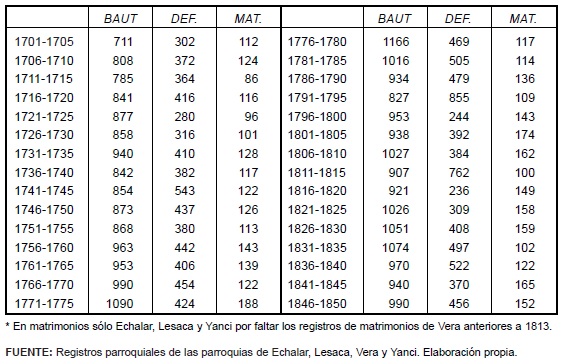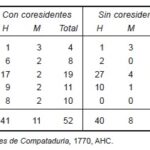
Barcelona in the last third of the seventeenth century was a city in constant change. These changes were reflected in the urban fabric and in the configuration of households. The transformations described above led, through population growth and immigration, to urban densification in the artisan and manufacturing districts, where there was a progressive partitioning of the existing dwellings. The economic differentiation between the working-class and urban strata led to a sharpening of the native population: the distance between the unionised and non-unionised craftsmen, the gradual proletarianisation of apprentices, etc. The increase in the price of housing stimulated various forms of cohabitation and the corresponding appearance of complex households. The methodology proposed by Laslett has made it possible to offer a typology of one hundred households analysed. Following the Cambridge author, the household was defined as the existence or not of servant corresidents. Therefore, one of the results is the scant weight of simple households that coincide with the profile of the nuclear family of biological origin (only 31% belong to this group). Indeed, co-residence was decisive in the processes of immigration and insertion into the urban fabric, allowing newcomers to obtain a roof over their heads and an indispensable network; moreover, it was a key complementary source for balancing the family budget and compensating for the specificities of the labour market, as shown by the incorporation of tenants, lodgers or relatives.
Collection: Statistics
Project: 3. Rural world and urban world in the formation of the European identity., 4. Family, daily life and social inequality in Europe.
Chronology: XVIII
Scope: Secondary Education, Baccalaureate, University
Link: https://www.adeh.org/revista/2002,%202/Carbonell%20p.23-52.pdf
Resource type: Statistics
Format: Table
Source: Carbonell esteller, Montserrat, «Microcrédito, familias y hogares. Barcelona a finales del siglo XVIII», Revista de Demografía Histórica, vol. 20, nº2, 2002, pp. 23–52.
Language: Spanish
Date: 2002
Owner: Álvaro Romero González (Modernalia)
Copyright: © Montserrat Carbonell, © Revista de Demografía Histórica
Abstract: Study of household structures in the Sant Pere neighbourhood of Barcelona in 1770
Image
Tags







